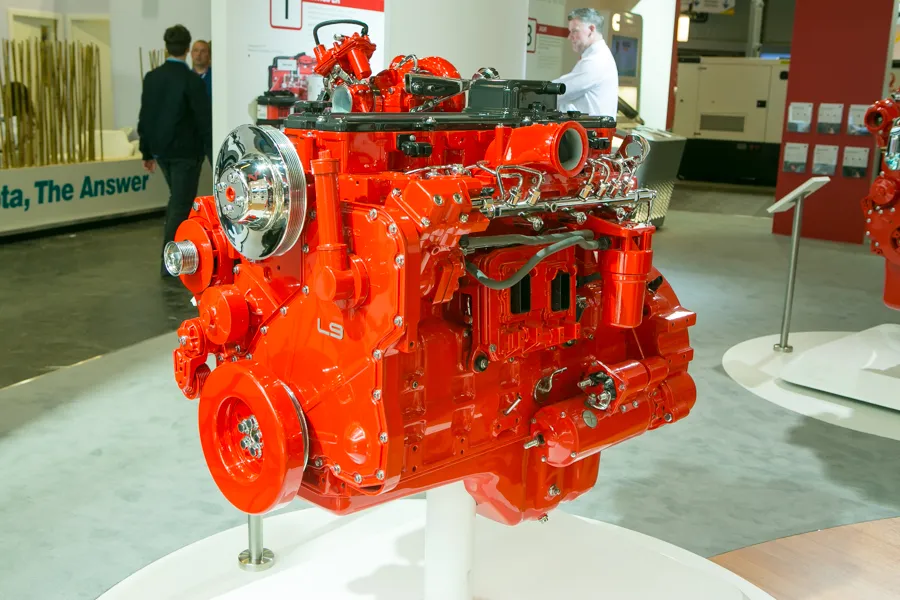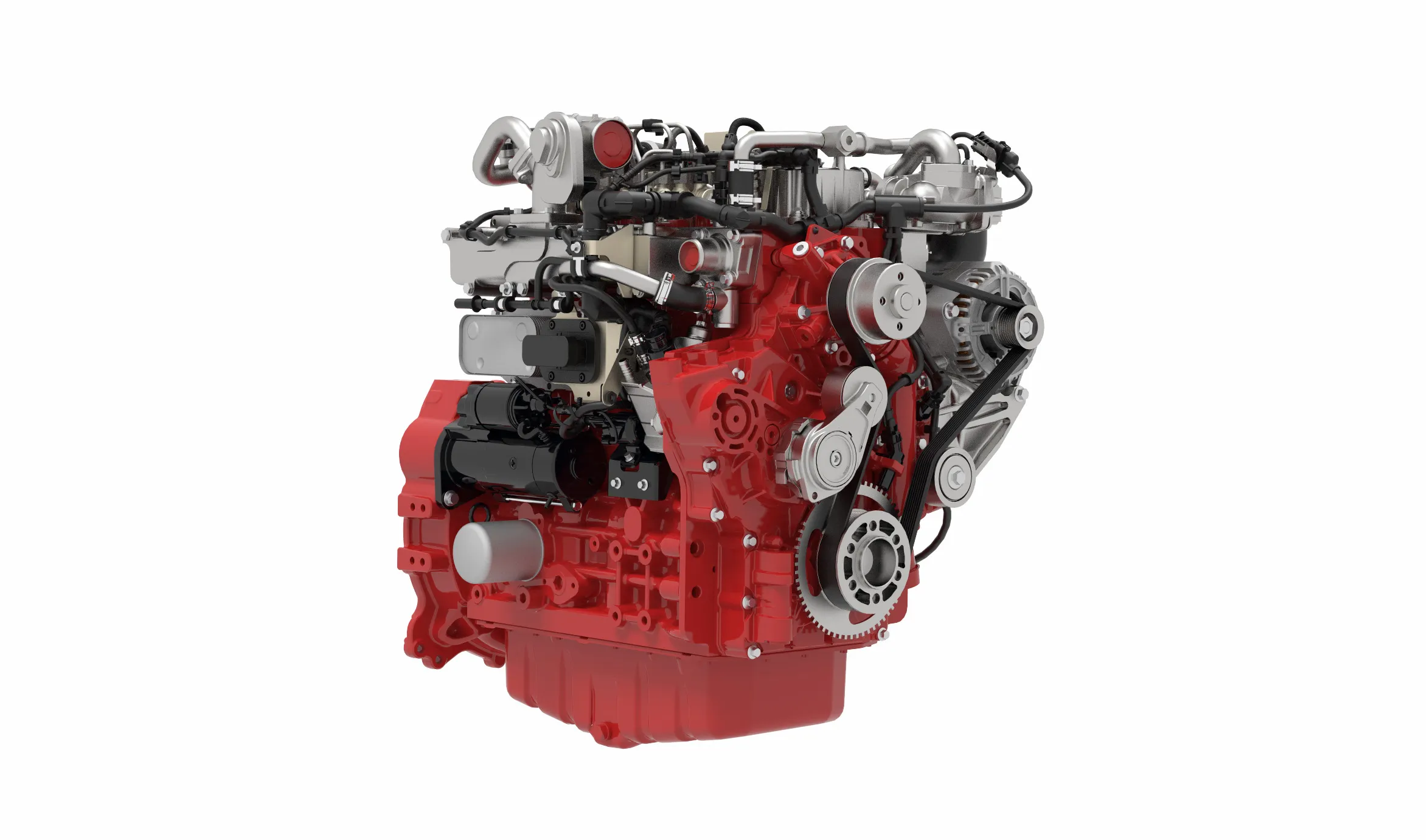
“The latest emissions compliant specification has resulted in higher power and torque in a smaller, lighter overall package that has become cheaper to run,” said Eric Neal, executive director of Cummins off-highway business.
And, he added, “Cummins’ ability to tailor engine power and torque curves and make full use of our in-house equipment such as turbochargers and exhaust after-treatment packaging, is enabling OEM’s to be more competitive.”
Top rated power for the B6.7 has increased to 243kW, with a peak torque of 1375Nm representing an increase of 30% over that achieved at EU Stage IV levels. The larger L9 engine has increased from 291kW up to 321kW, together with a 13% increase in peak torque, to achieve 1846Nm.
“The higher capability of these engines is delivering down-sizing opportunities for our equipment manufacturers,” he said.








